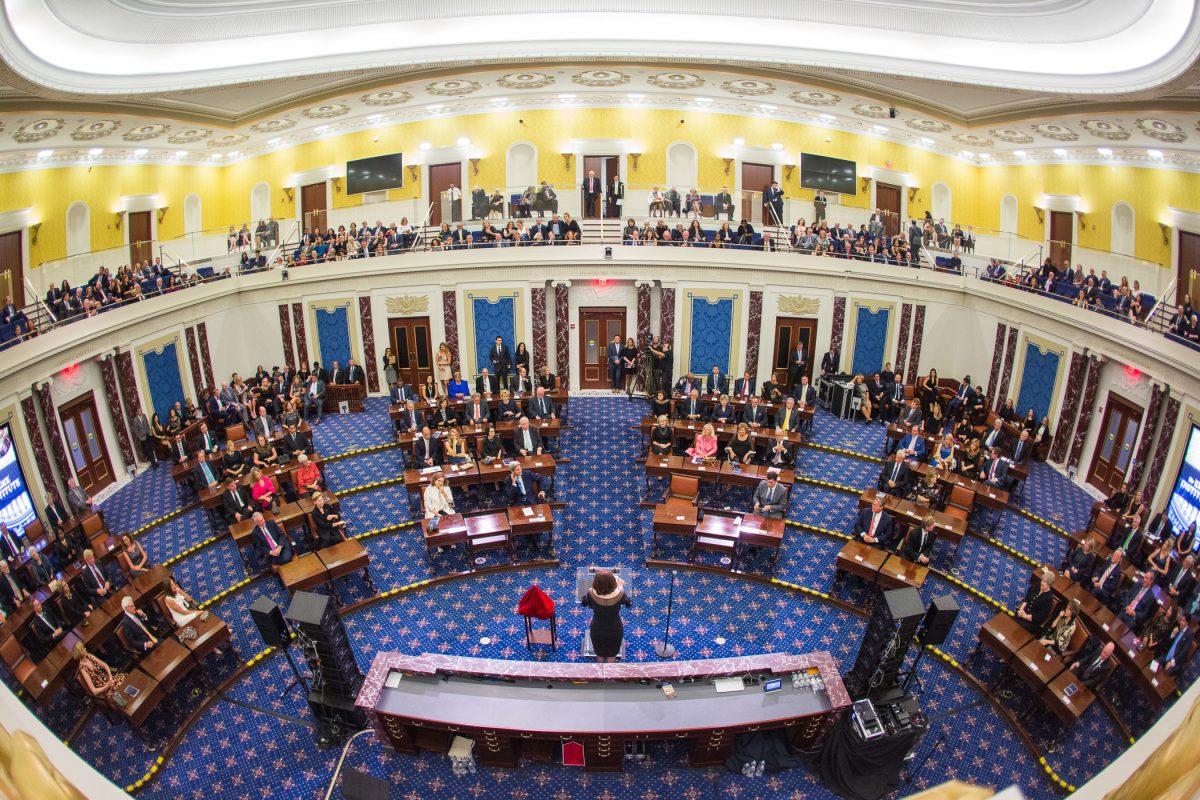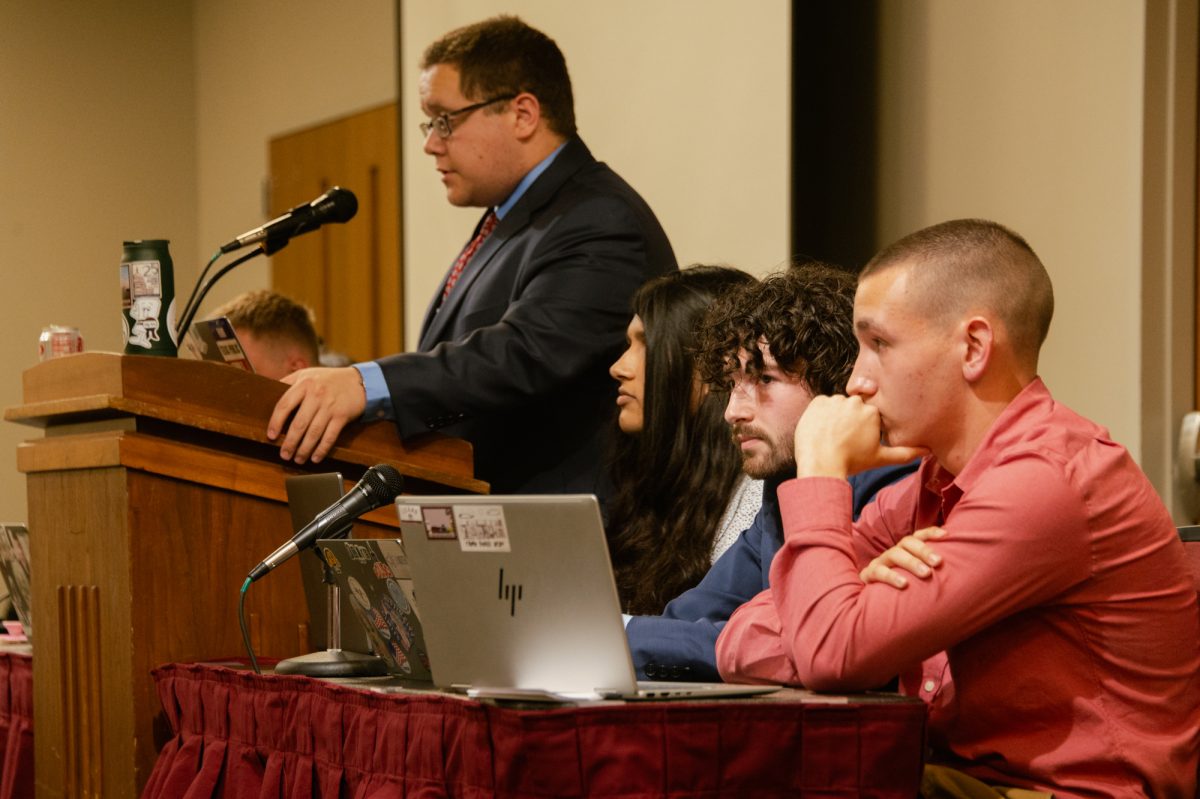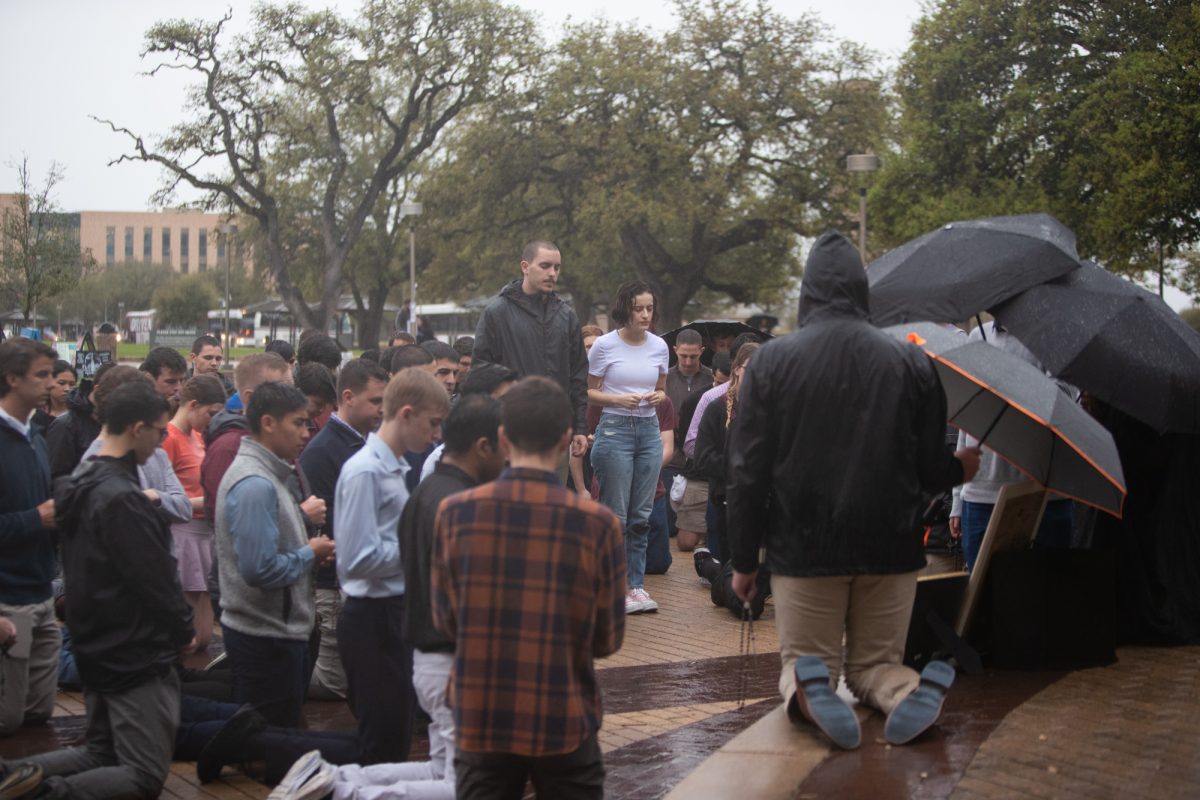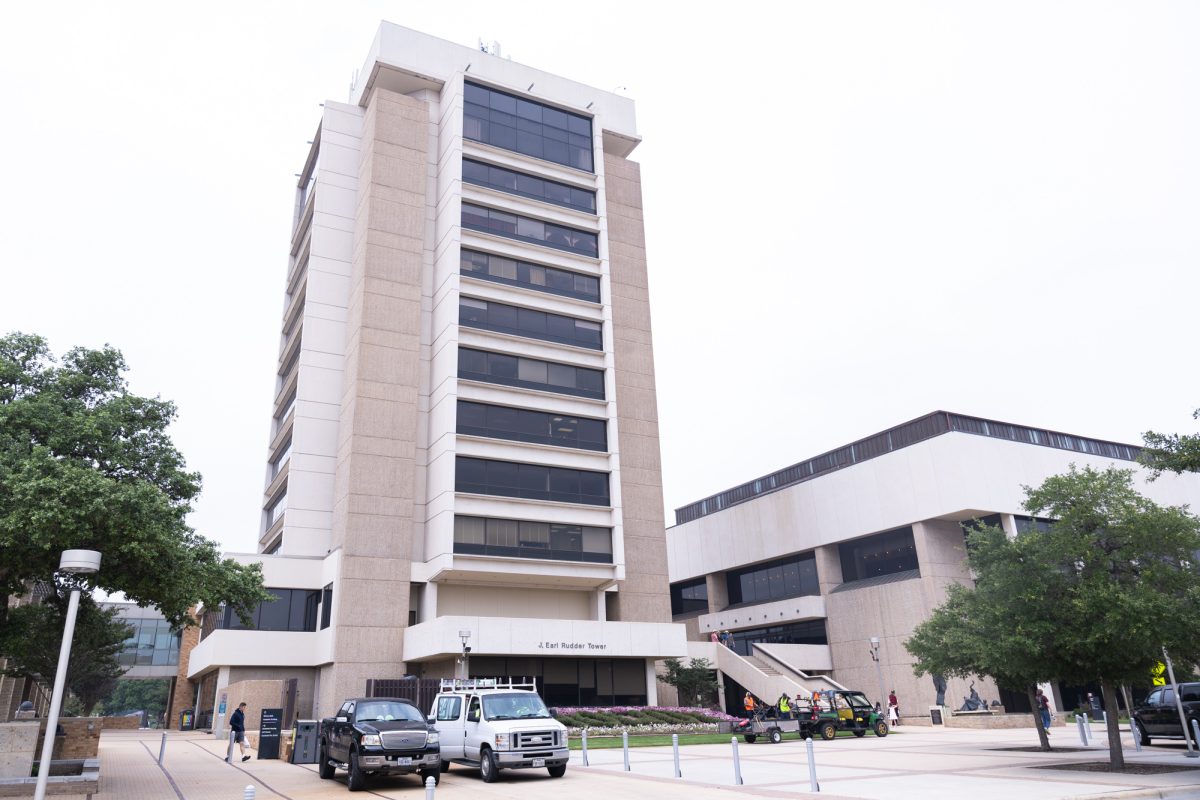The majority of Texas Democrats returned from their stay in Washington, D.C. on Monday, Aug. 23 after breaking quorum over a month ago in an attempt to block the passage of Senate Bill 1, a controversial voting security bill. With this return to quorum, the Texas House has once again returned to work on passing Senate Bill 1 and the 16 other items on Gov. Greg Abbott’s agenda. With less than two weeks left of the 30-day special session, it remains to be seen if the Texas Legislature will accomplish goals set forth by Abbott.
Although Monday, Aug. 23 marked the largest number of Democrats on the House floor since July, the quorum was officially met on Thursday, Aug. 19.
“There were 99 members registered as present Thursday evening,” according to The Texas Tribune. “But it quickly became clear that some of the 99 members were not physically on the floor and instead marked present by their colleagues.”
Political science professor Anthony Ives related the quorum to classroom attendance as an example of how the quorum is reached.
“What would class attendance be like if there was just a buzzer in front of everyone’s seat at Texas A&M [classes], and just a person would need to press it [to] be marked as present?” Ives asked.
Since the house governs itself, Ives said the majority gets to decide if attendance of a particular day was legitimate or not, thus making the house members responsible for enforcing their own rules.
“Because the legislature oversees itself, the majority of the legislature is the one who’s going to decide whether or not those votes were legitimate, and the Republican majority is going to say those votes were legitimate,” Ives said.
With the legislature returning to special session, it faces the question of whether or not the remaining two weeks will be enough to pass anything meaningful. Political science professor Dwight Roblyer said both sides of the aisle have different ideas for what the productivity of the last two weeks of the session should look like.
“I was just reading yesterday where some of the Republicans are planning on really turning the crank on getting stuff done, while a lot of Democrats are sort of going, ‘Well, you know we need to be very methodical and careful about this,’” Roblyer said. “The fact the Republicans have a majority in the legislature gives them a lot of power … but at the same time the Democrats can slow things down using procedural tactics that are within the rules.”
Only time will tell if the roughly six-week impasse will have any lasting effects on how the Texas Legislature will conduct business. Ives said it may have no impact, as this same tactic has been used in Texas before.
“It will or will not,” Ives said. “One reason to think it will not is that there was a similar effort to stop a redistricting in the 1990s. The Texas Democrats argued that a redistricting proposal was going to unfairly make it so that they would no longer be competitive in state elections and they left the state. This was basically identical in tactics … because they did that, but the districts were still able to be passed by the Republicans. It seems like these maneuvers are not able to be successful because they are not prolonged.”
Ives also said this is not a tactic implemented solely by Texas Democrats.
“Everywhere where there’s a supermajority required for a quorum, there is an obvious incentive for the minority, if they have enough votes, to make themselves absent and prevent the business of the legislator from being accomplished,” Ives said.
On Friday, Aug. 27, the House passed Senate Bill 1 in a vote of 80 to 41, although the House and Senate still must agree on a final revision before it heads to Gov. Abbott’s desk.
Texas Legislature returns to special session
August 30, 2021
Photo by Creative Commons
On Friday, Aug. 27 the House passed Senate Bill 1, but must be enacted upon by the Senate and House of Representatives before approval by Gov. Abbott.
0
Donate to The Battalion
$2065
$5000
Contributed
Our Goal
Your donation will support the student journalists of Texas A&M University - College Station. Your contribution will allow us to purchase equipment and cover our annual website hosting costs, in addition to paying freelance staffers for their work, travel costs for coverage and more!
More to Discover










